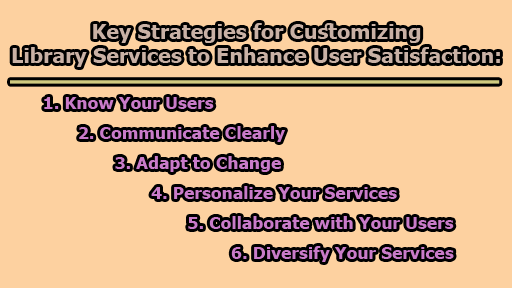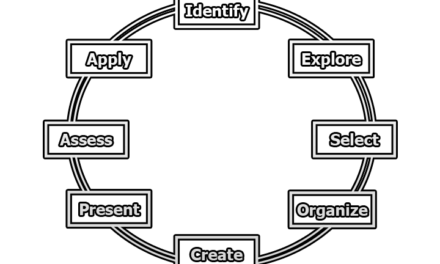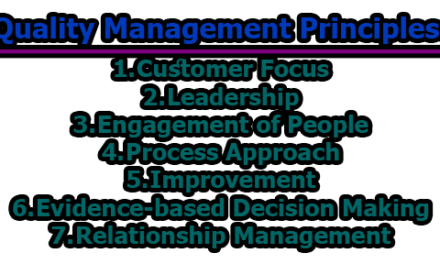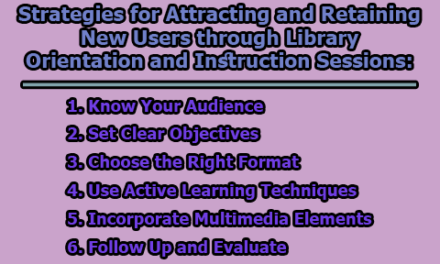Key Strategies for Customizing Library Services to Enhance User Satisfaction:
Libraries are no longer just repositories of books; they have evolved into dynamic spaces that serve diverse user communities with varying needs and expectations. To provide the best possible service, librarians need to tailor their offerings and interactions to meet user needs effectively and efficiently. In this article, we will explore some of the key strategies for customizing library services to enhance user satisfaction.
1. Know Your Users: The foundation of tailoring library services lies in understanding who your users are and what they want. Gathering data through surveys, interviews, feedback forms, and observation is crucial. Additionally, segmenting users into groups based on factors like age, education, location, interests, and goals can provide deeper insights. Knowing your users helps you identify their needs, preferences, and challenges, allowing you to design services that cater to their unique requirements.
2. Communicate Clearly: Clear and effective communication is essential for delivering library services that meet user needs. Utilize various channels such as email, phone, chat, social media, newsletters, and posters to inform users about services, policies, and events. Engaging in two-way communication also allows you to solicit feedback, answer questions, provide guidance, and resolve issues. Effective communication with colleagues and partners ensures that efforts are coordinated and best practices are shared.
3. Adapt to Change: Library services are not static; they must evolve to meet changing user needs, technological advances, and shifting trends. Monitoring and assessing external and internal factors through tools like environmental scanning, SWOT analysis, benchmarking, and evaluation is essential. Furthermore, embracing innovation, creativity, and experimentation can lead to new and improved services. Flexibility and a willingness to learn from both successes and failures are crucial for staying relevant.
4. Personalize Your Services: Personalization is a powerful tool for tailoring library services to individual users or groups based on their characteristics, preferences, and behaviors. Leveraging data and analytics, such as user profiles, browsing history, and recommendations, allows libraries to offer personalized services that match user needs and interests. Examples of personalized services include personalized web pages, newsletters, learning paths, and collections, enhancing user engagement, loyalty, and satisfaction.
5. Collaborate with Your Users: Involving users in the design, delivery, and evaluation of library services fosters a sense of community and ensures that the services are truly user-centered. Methods like co-creation, participatory design, user testing, and crowdsourcing can engage users in the process of creating and improving services. Collaboration also empowers users and builds trust and rapport. User-generated content, reviews, feedback, and advocacy are examples of collaborative services that can enhance user involvement.
6. Diversify Your Services: Diversification is a strategy to cater to different user needs, preferences, and expectations. Libraries can offer services in various modes and formats, including physical, digital, hybrid, synchronous, and asynchronous, to adapt to user preferences. Additionally, offering different types and levels of services, such as basic, advanced, specialized, and customized, ensures that users can access resources for various purposes. By catering to different themes and topics, like academic, recreational, cultural, and social, libraries can appeal to a broad spectrum of user interests and goals.
In conclusion, tailoring library services to meet user needs is a multifaceted process that requires a deep understanding of user demographics, preferences, and evolving expectations. Through clear communication, adaptation to change, personalization, collaboration, and diversification, libraries can provide user-centered services that not only meet but also exceed user expectations. In an age where libraries are increasingly competing with digital alternatives, these strategies are essential to ensuring the continued relevance and vitality of libraries in the community.

Assistant Teacher at Zinzira Pir Mohammad Pilot School and College










